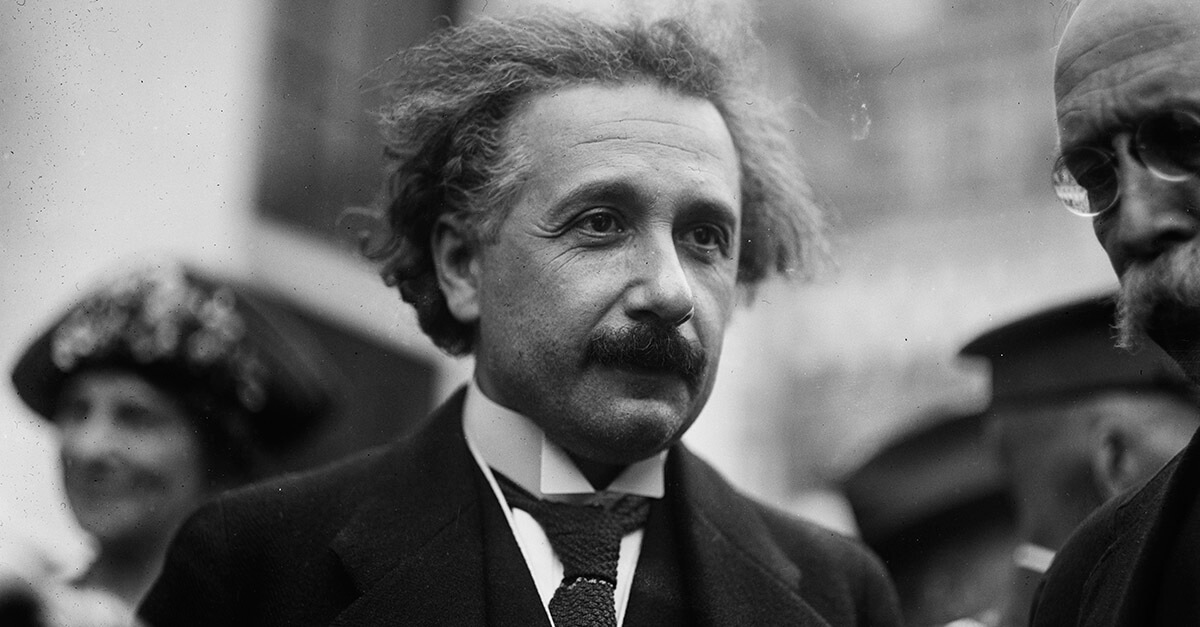How an observant Jew became the mother of Jesus — and Christianity itself
The author of ‘Mary, Founder of Christianity,’ discusses Mary’s identification as a Jewish woman and mother

“Virgin with Child,” by 15th century painter Piero di Cosimo. Photo by Wikimedia Commons
Chris Maunder is a theologian based in North Yorkshire, U.K., whose books include “The Oxford Handbook of Mary,” and most recently, “Mary, Founder of Christianity” about the Jewish woman who gave birth to Jesus, according to the Christian Bible. Benjamin Ivry spoke with Maunder about aspects of Mary’s identity as a Jewish woman and mother. The conversation has been edited for clarity and length.
Benjamin Ivry: Theologians agree that Mary, Joseph, and their son Jesus were all observant Jews, and as your book points out, the four Gospels were “probably written by Jews.” To what extent was Mary’s participation in the birth of Christianity inspired by Judaism?
Chris Maunder: I think a huge amount. There are individuals in the world who have special visions and Mary had a special understanding of Judaism. She saw the biblical prophets in terms of social justice. Notions like justice being more important than worship itself, or that justice should flow like water (Amos 5:24), are among many examples in which prophets called upon Israel to push out corruption. As an observant Jew, Mary will have understood the radical nature of the prophetic tradition and she looked after the whole of her community.
You mention that it is impossible to emulate Mary “by becoming a virgin mother” and anyway, “She was not a virgin in any physical sense.” This agrees with Jewish writers since the Middle Ages who have dismissed the story of the virgin birth. But the 15th century Italian geographer Abraham ben Mordecai Farissol was among Jewish writers willing to accept the possibility that Mary became pregnant by divine means while remaining a virgin, since God is omnipotent. Do you see any inherent contradiction in a few Jews believing something as unlikely as a virgin birth?
No, because obviously throughout the Hebrew scriptures you’ve got miraculous births and births by women who are old, past child-bearing age. The Bible is full of miraculous happenings and God can do whatever God wants. But there are also good reasons for seeing it as a metaphor, a wonderful story.
Your book describes Mary as the “archetypal believer who accepts the will of God and acts upon it, an exemplar for each and every Christian, female and male.” Yet she is mentioned more often by name in the Quran than in the Christian Bible, by a ratio of about 70/19. How would you explain that this Jewish woman means so much to adherents of Islam?
My own understanding is that Islam can be traced back to a form of Jewish Christianity. In Islam, Mary is the woman above all women, even more than Khadija, [the first wife and follower of the Islamic prophet Muhammad.] Mary is the ultimate exemplar of virtue.
Although details about their relationship are scant, does Mary behave like a Jewish mother when she expresses concern in the Gospel of John that the hosts of a Jewish wedding at Cana in Galilee are about to run out of wine, like a balabosta expressing concerns about the catering?
These are stories and legends and we needn’t take them literally. Even if we can see her at the time as a Jewish mother, the story is about something far more important than the wine; it’s the start of Jesus’ mission and the resurrection.
The only time Jesus is recorded as speaking to his mother in the Gospels occurs at Cana after she notes the exhausted wine supplies. He says more or less: “Woman, why do you involve me?” Researchers have stressed that this is not a Jewish son squabbling with his nagging mother, because in the original Greek, to call Mary “woman” was not considered rude or disrespectful. Yet his initial response does dismiss her concerns before he finally changes water into wine. Can we sense any real mother-son dialogue going on here?
The idea of the mother being a slightly annoying, nagging person who doesn’t understand what men are trying to do is something that has been transmitted until recent times. That stereotype has existed for hundreds of years, so it’s no surprise that it exists in the New Testament. But Mary was right, because the Marriage at Cana was so important. Some readers have felt that the annoying mother was fussing about earthly things, but she was really interested in getting the miracles started, almost as if she got it right while Jesus was still reluctant.
Since Jesus was likely single and extracted disciples from their established marital and birth relationships by establishing a new family around him, would Mary as Jewish mother be satisfied with not having any grandchildren? Apparently she never asked Jesus, “When are you going to get married already?”
I suppose the picture that I want to paint of Mary and as an alternative to other pictures is as a woman radically concerned with the whole community, so she might have been the one mother to set aside these personal interests.
The Jewish theologian Edward Kessler described Mary as a first-century Jewish woman from Galilee, a “daughter of Israel living in hope of justice for the poor.” The theologian Elizabeth Johnson describes Mary in her old age in Jerusalem, assisting impoverished fellow Jews while continuing to attend temple. How do we know this?
We can’t know that. The issue is that we speculate. Elizabeth Johnson can’t prove that, but it does make sense in terms of the importance of the poor in the early Christian community. Throughout the Gospels are references to the poor and those who are shunned, and Mary was instrumental in founding that community. So she was interested in the poor and outsiders and wanted to bring those people back in, by addressing the whole community.
The author Mary Christine Athans presented Mary as a “faithful, observant Jewish woman who observed the Sabbath, heard the Torah read aloud in the synagogue, immersed monthly in the mikveh (ritual bath) and prayed in words drawn from Moses, Jeremiah, Hannah, Esther and the Psalms.” Yet Mary was instrumental in founding a religion that over the years caused Jews much harm. Where were her real loyalties?
Her conflict was with the authorities, but that doesn’t make it anti-Jewish, but anti-authoritarian. Prophetic people are radicals who call upon their community to do things they would not otherwise do. They upset people. I don’t think Mary was disloyal at all as a Jew, but naturally tensions were created within Jewish families at the time. Mary and Jesus were in that tradition of people who were going to upset the mainstream, but weren’t for that reason disloyal.
The Acts of the Apostles, the book in the Christian Bible following the Gospels, mentions that Mary attended a prayer session in Jerusalem with the disciples after the crucifixion. So after her son died, she continued to be an observant Jew, which would seem to be a proof of faith.
Yes it would. The early disciples were also observant Jews. The crucifixion didn’t end their Judaism for then, it simply helped them to reinterpret it. The original disciples had no doubt that they remained Jews. There isn’t any shaking of Jewish faith, they are Jews who just understand Jesus as a messiah.























